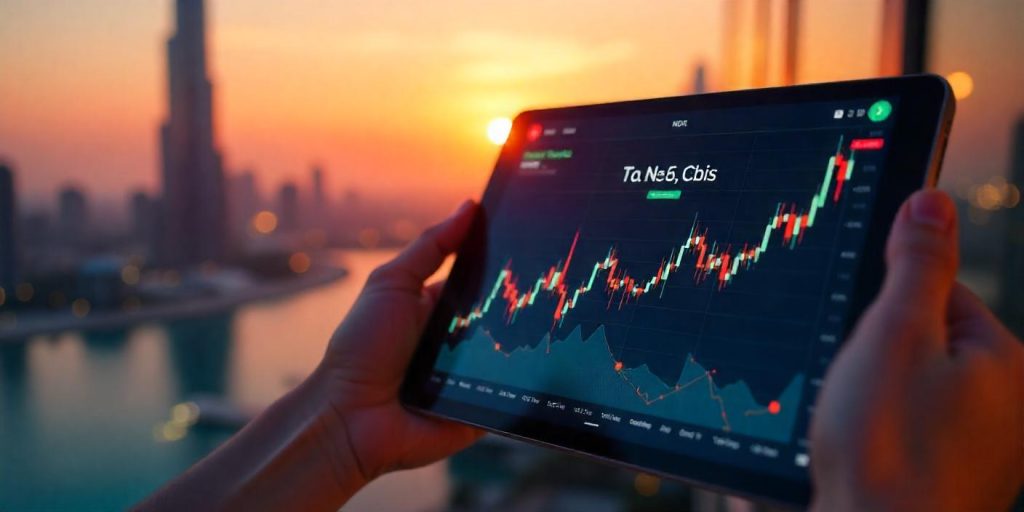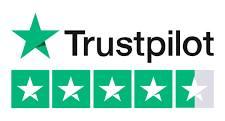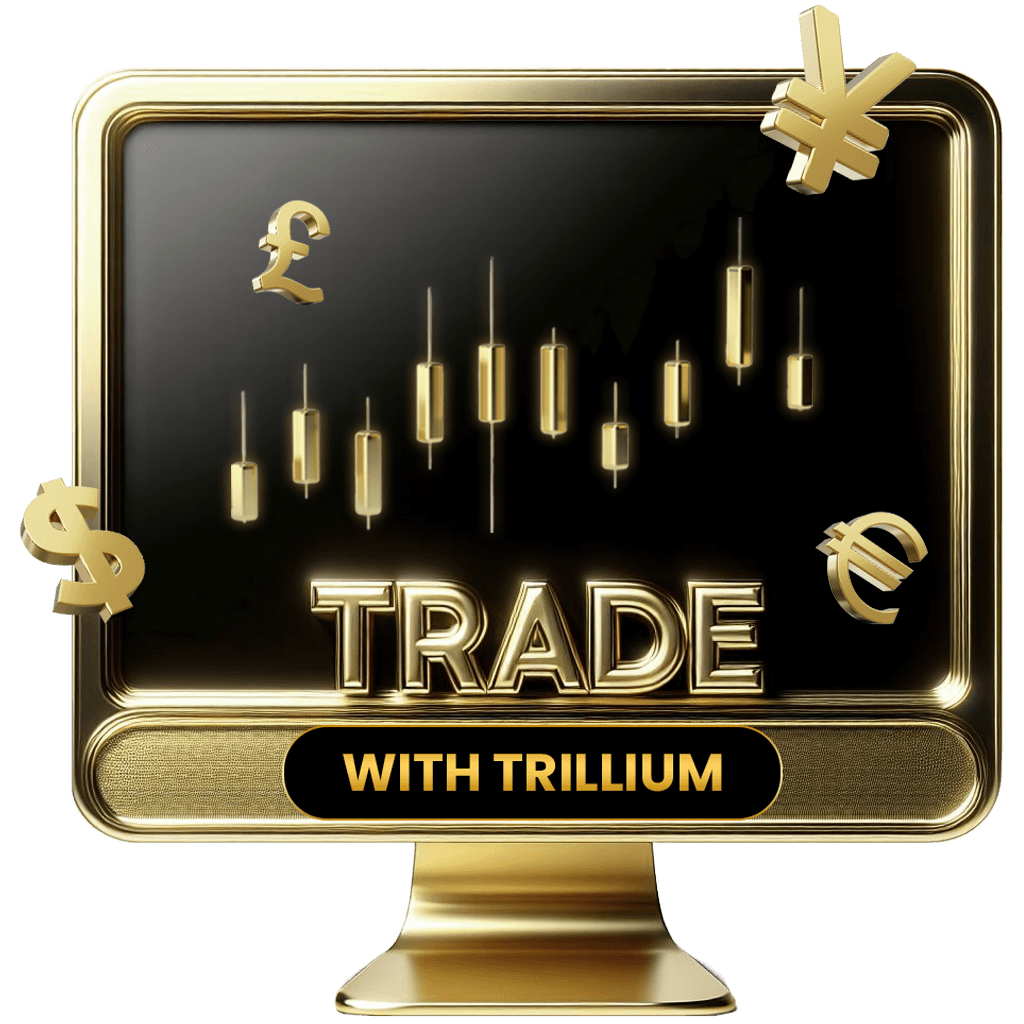Have you ever thought that you could profit from your car’s fuel, the gold ring you wear on your finger and your morning coffee? These everyday items are part of the commodity markets, including gold, oil and agricultural goods. These commodities of daily use play a massive role far from just being necessities in the global market.
Interest in these markets has grown with rising inflation, supply chain disruption and ongoing global events. Gold offers stability, oil reflects the heartbeat of energy demand, and agricultural products respond to seasons and global consumption. In this article you’ll learn how to navigate these markets even if you’re just starting out.
Why Gold, Oil, and Agricultural Markets Are Gaining Attention?
In today’s uncertain economic climate many people are looking for traditional investments and that’s exactly why gold, oil and agriculture are gaining huge attention.
- Gold has been viewed as the safest asset, especially when currencies become weak or inflation gets in.
- Oil plays a high-stake game. As the lifeblood of global industries and transport, it is an essential commodity that offers both high volatility and strong potential for profit.
- Then there’s agriculture, from wheat and corn to coffee and soybeans, they are influenced by everything from seasonal weather changes to political unrest across continents.
Together, these three markets have drawn growing interest from everyday investors and traders seeking to diversify income streams and hedge against rising inflation.
Understanding Commodity Market Trends
Do you think that commodity market trends are only for economists or professional traders? Then you’re wrong, it’s something that anyone can grasp with the right mindset and a bit of curiosity. The movement of commodity prices dances between supply and demand, whether it’s gold, oil and crops.
The price of wheat can rise due to unexpected shortage of water. Tensions in oil-producing countries can send crude soaring. Even a small shift in economic policies or interests can ripple through this market. The good news is that you don’t need a finance degree to follow along. Tools like:
- Price Charts
- Economic Calendars
- Real-Time Market News
can help you stay updated and make smarter decisions. Once you start paying attention, you’ll notice how global headlines often straight into your grocery bill or gas tank and that’s where opportunity begins.
Investing in Gold and Oil: A Haven or Risky Bet?
When it comes to navigating uncertain markets like gold and oil. It often steals the spotlight but for very different reasons. Gold is the asset people have trusted for generations when the economy starts wobbling, currencies lose strength or global tensions rise.
On the flip side, oil is like a high-stakes player that is powerful, fast-moving and often unpredictable. Its prices can swing wildly depending on global energy demands, OPEC decisions, or sudden supply disruptions.
For anyone who’s starting out, the real strategy lies in knowing how these two commodities behave. A balanced approach can help you to build a portfolio that’s both resilient and opportunistic.
How to Get Started with Commodity Trading Today?
Diving into the world of commodity trading can feel overwhelming at first. But here’s the good news: you don’t need to be an economist to get started. Here’s a step by step guide:
Choose a Reliable Platform
First of all, you need a platform that makes commodity trading accessible and smooth. You need something that is secure, easy to navigate, and packed with useful tools. Consider it as your control center.
Pro Tip: Don’t just go with the flashiest ad. Look for transparency, good customer support and a user-friendly interface.
1. Research the Commodities That Interest You
Are you interested in oil’s volatility, gold stability or the seasonal rhythm of agricultural goods? Start there. Take time to understand:
- What influences the price?
- Historical Price Patterns
- Global Supply and Demand Cycles
You won the half battle of trading, if you learn about the commodity. The more you understand its behavior, the smarter your decisions will be.
2. Monitor Market News and Understand Risk Management
Price of commodities shift fast, on the back of weather forecasts, geopolitical tensions or even a headline from the Fed (Federal Reserve System). Staying in the loop helps you react (not panic) when markets move.
But just as important is managing your risk. No trade should ever leave you sleepless at night. Use stop-loss orders, trade small first, and never risk more than you’re willing to lose.
3. Start with a Demo or Low-Risk Trade
Start with a demo account instead of going live on your first day. Platforms like MT 5 offer demo accounts that mimic the real thing, reducing the stress of losing actual money on the line. Once you’re confident, start small. A few micro trades are worth more than one big, risky leap.
4. It’s Not About Overnight Wins — It’s About the Rhythm
This isn’t a game to become rich within a night. The goal is to learn the tempo of the markets, understand the signals and grow steadily. The most successful traders aren’t the ones chasing jackpots, they’re the ones who show up consistently, analyze calmly and improve gradually.
Therefore, allow yourself to experiment, learn and make mistakes. Whether you win or lose, every trade will teach you something.
How to Navigate Agricultural Commodity Prices for Smart Investments?
Agricultural commodity prices are always changing. These changes often happen because of things like:
- Weather
- Harvest Seasons
- Problems in the Supply Chain
Unlike gold and oil, which react a lot to the economy or world events, farm-related products like coffee, beans and wheat are more affected by nature and what people are buying. If you’re thinking about investing in this area, it’s important to keep an eye on crop reports, weather news, and global farming rules.
Another smart move is to spread your money across different types of agricultural goods—like grains, meat and drinks. Staying updated and flexible can really help you make better choices and avoid big losses.
Conclusion
Advantages from gold, oil, and agricultural markets aren’t reserved for experts, beginners like you can also benefit from it. At Trillium Financial Broker, with the right tools, knowledge, and mindset, we believe in making this journey accessible for everyone.











